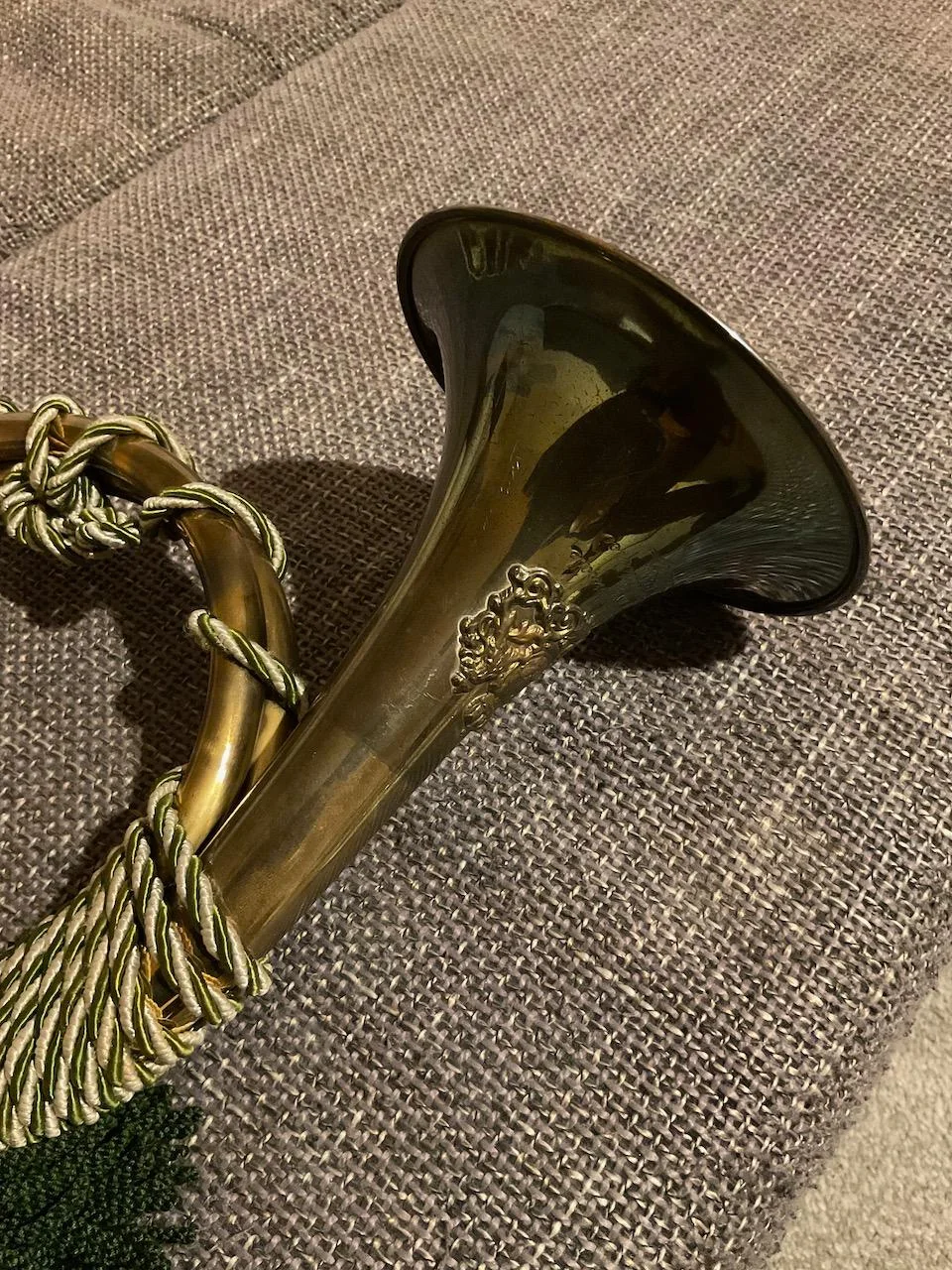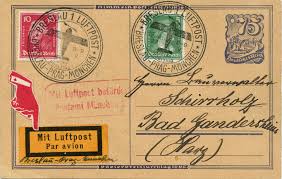Stamp with Attached Label: Postman from the fresco in the Hall of the Main Post Office (Czech Republic 2015)
Postman from the fresco in the Hall of the Main Post Office (Czech Republic 2015)
16 December (Czech Republic ) within release Postal service in period fresco "Z" goes into circulation Stamp with Attached Label Postman from the fresco in the Hall of the Main Post Office face value Z No Face Value
| Stamp with Attached Label Postman from the fresco in the Hall of the Main Post Office in catalogues | |
|---|---|
| POFIS: | POF: CZ 872K2P |
Stamp with Attached Label is square format.
Also in the issue Postal service in period fresco "Z":
- Stamp with Attached Label - Postman from the fresco in the Hall of the Main Post Office face value Z;
- Stamp with Attached Label - Postman from the fresco in the Hall of the Main Post Office face value Z;
- Stamp with Attached Label - Postman from the fresco in the Hall of the Main Post Office face value Z;
- Stamp with Attached Label - Postman from the fresco in the Hall of the Main Post Office face value Z;
- Stamp with Attached Label - Postman from the fresco in the Hall of the Main Post Office face value Z;
- Stamp with Attached Label - Postman from the fresco in the Hall of the Main Post Office face value Z;
- Gutter Pairs - Postman from the fresco in the Hall of the Main Post Office face value 2*Z;
- Gutter Pairs - Postman from the fresco in the Hall of the Main Post Office face value 2*Z;
Stamp with Attached Label Postman from the fresco in the Hall of the Main Post Office it reflects the thematic directions:
The post horn is a valveless cylindrical brass instrument with a cupped mouthpiece. The instrument was used to signal the arrival or departure of a post rider or mail coach. It was used by postilions of the 18th and 19th centuries.
A post office is a public facility and a retailer that provides mail services, such as accepting letters and parcels, providing post office boxes, and selling postage stamps, packaging, and stationery. Post offices may offer additional services, which vary by country. These include providing and accepting government forms (such as passport applications), and processing government services and fees (such as road tax, postal savings, or bank fees). The chief administrator of a post office is called a postmaster.
Postal history is the study of postal systems and how they operate and, or, the study of the use of postage stamps and covers and associated postal artifacts illustrating historical episodes in the development of postal systems. The term is attributed to Robson Lowe, a professional philatelist, stamp dealer and stamp auctioneer, who made the first organised study of the subject in the 1930s and described philatelists as "students of science", but postal historians as "students of humanity". More precisely, philatelists describe postal history as the study of rates, routes, markings, and means (of transport).



